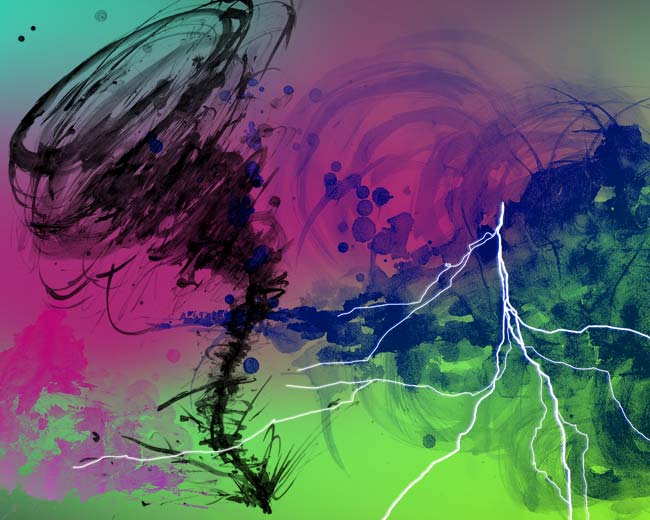Volcanoes
Over 500 million people throughout the world live in areas prone to volcanic eruptions. In the U.S., there are 169 active volcanoes accounting for 11 percent of the world’s total. Most of these volcanoes are in Alaska, Hawaii, and along the west coasts of California, Oregon, and Washington. Since 1980, there have been 45 eruptions at 33 U.S. volcanoes.
Volcano Eruptions
Volcano eruptions occur when magma (melted portions of the Earth’s mantle) is expelled through an opening in the Earth’s surface. Because magma is less dense than surrounding rocks, it rises and collects in magma chambers. When pressure builds from dissolved gasses or new magma enters an already filled chamber, the material is pushed upward, forcing an eruption.
Types of Eruptions
There are two general types of volcanic eruptions: effusive and explosive. Lava flows from Hawaii’s Kilauea and Muana Loa volcanoes are examples of effusive eruptions. Magma in effusive eruptions has low viscosity, which allows gas to escape easily as it rises to the surface. Effusive eruptions usually result in gently flowing lava flows, spatter cones, and lava fountains.

